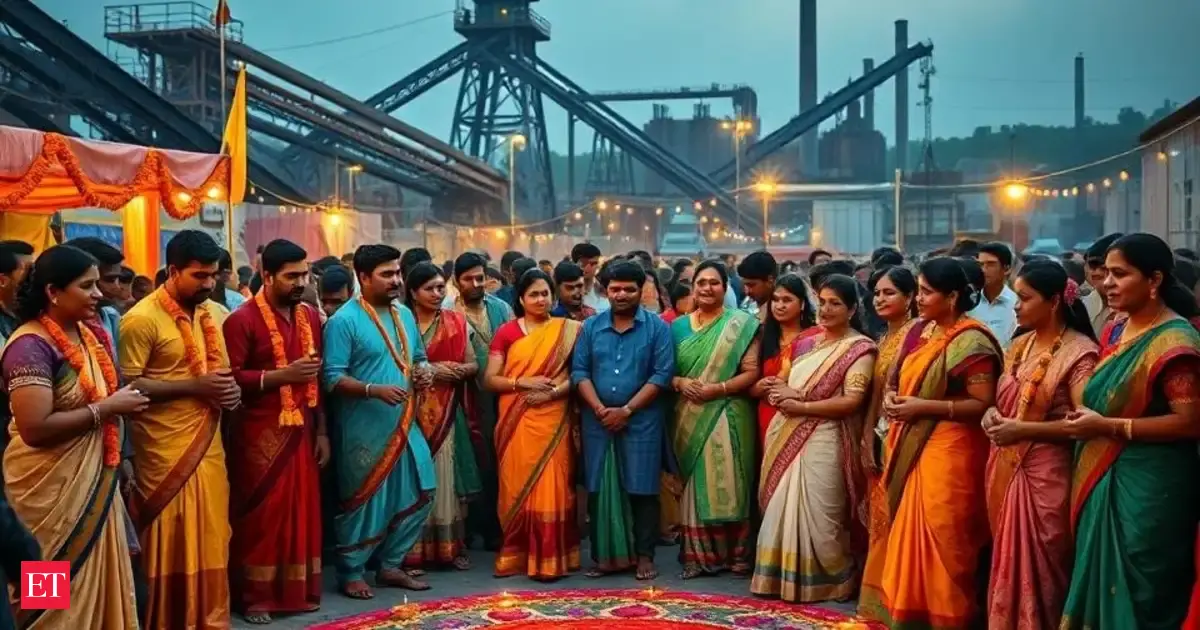By Nadya Chishty-Mujahid
Copyright dawn

Ferdowsnama
By Shandana Minhas
Vintage/Penguin Random House India
ISBN: 9780143466536
Award-winning author Shandana Minhas, who received the Karachi Literature Festival Prize in 2015 for Survival Tips for Lunatics, has recently penned a gripping and delightfully creative fictional account of 16th century Mughal India, titled Ferdowsnama.
Eminently readable, the book requires no prior knowledge of either the Mughals or the Subcontinent insofar as appreciating it is concerned. However, elements of it will definitely resonate with a South Asian audience, since the four interconnected vignettes of the text bring to the forefront both diverse strata of Indian society as well as a plethora of genuinely impressive Subcontinental animals. Indeed, a suitable alternative title for the book could have ended up being ‘My Court and Other Animals’!
The ruler of India, during the period in which the action of Ferdows’ stories is situated, is often referred to as ‘Light of the World’. Although this is a direct translation of the name ‘Noorjehan,’ the emperor is very much a male. The narrator of the story, named Ferdows (which means ‘Paradise’), is compassionate, shrewd and more ambiguous.
Along with an aged painter of miniatures (Qamaruz Zaman), an intelligent commoner named Jingu and a brawny, aggressive and daring man named Amar Singh, Ferdows is a member of a group which acts as a type of special-operatives unit for the emperor (whom Ferdows wryly refers to as the ‘Great Mughal’ throughout the book).
In Ferdowsnama, Shandana Minhas has given us a brilliant novel set in the Mughal era that is alternately chilling and grim, yet also darkly humorous
I realise that the term ‘special operatives’ is rather anachronistic, but it is especially apt in this case, since every time a highly sensitive, ostensibly insurmountable, situation crops up in the empire, the Great Mughal’s Fantastic Four are deployed at his command to defuse the crisis. To their credit, they manage to do so admirably in every case.
One can’t argue with the fact that part of the reason they survive a set of harrowing crises has to do with luck, but their collective intelligence as well as individual ingenuity also play a part in their various successes.
The group’s tasks invariably involve them dealing with potentially dangerous animals. One is so used to seeing elegantly portrayed beasts standing around passively in Mughal miniature paintings and tapestries, that one forgets how dangerous animals can be in actuality, especially when they are ill, enraged or threatened.
The first adventure recounts how a grieving elephant named Maya has gone utterly berserk at losing her offspring due to an unfortunate crocodile attack. She ends up terrorising huge numbers of people, ranging from the ill-fated mahouts that are expected to tend to her, to an entire community of petrified individuals. Finally, Ferdows and the others manage to bring this scary, but rather thrilling situation under control.
The cobra is an imperial snake, preying, as it does, on other snakes and predators rather than rodents and lizards. Wariness and adulation wind through the myths and stories about it echoing down to us from ancient times. Not all of us still worship the cobra, but everyone is wary of a seven-guz-long venomous snake. And the cobra that dropped from the ladder and rose up, up, up — uttering a warning that was more growl than hiss — till it swayed a good foot above Amar Singh’s head, was at least seven guz long. —Excerpt from the novel
Ferdows’s account of the quartet’s adventures is fast-moving, yet still very detailed. One sympathises as much with Maya as one does with a tiger that crops up later. In the latter case, the tiger’s owner is perhaps even more feral than the beast itself, although there are good reasons for this. I do not wish to give away key elements of a carefully crafted plot, however, since every one of Ferdows’ stories is packed with unexpected twists and turns.
Suffice it to say that, while not an animal-lover myself, I started to view anteaters, and even cobras, more sympathetically than I have hitherto done! In fact, while reading Minhas’ tales, I was generally far less perturbed by the death of a human character than I was shaken at the demise of an animal.
Regardless of whether Minhas dwells on creating thumbnail sketches of royal and courtly figures or on developing her main characters more extensively, the pace of the writing never flags. The violence which surrounds Amar Singh, as well as the violent acts he is forced to commit, take their toll on the warrior, whom we like less and less as the book proceeds. Qamaruz Zaman and Jingu are a clever pair who work well together, and the former’s artistic talent is as sound as the literary talent of Minhas herself.
The novelist is as adept at depicting palaces, dervishes, animal cages, fakirs and rocky landscapes as Qamaruz Zaman is skilled at painting them. Yet, it is ultimately Ferdows who triumphs brilliantly towards the end of the book. Given that we are told at the very commencement of the first vignette that the narrator’s skin had been severely damaged by fire, Ferdows’ fortitude and grace under pressure are nothing short of praiseworthy. A skilled healer, whose numerous vials of medications come handy at multiple points in the novel, Ferdows has the strength to handle any crisis adeptly and skilfully.
This review cannot do justice to the droll and tongue-in-cheek tone that Ferdows adopts throughout the narrative; in order to appreciate that, a reader needs to immerse themselves wholeheartedly in the text. Minhas has an undeniable way with words, and her satirical tone is honed to perfection in this novel.
During the period in which the novel is set, a simple frown of displeasure on the part of the emperor could easily cost a courtier his or her head. Ferdows is well aware of this but one cannot help but laugh at the manner in which the narrator’s team and the rest of the ruler’s courtiers are portrayed as being cringing and obsequious in the extreme. Snobbery is sickeningly rampant throughout the book. The martial-minded Amar Singh treats Jingu with unjustifiable contempt and Qamaruz Zaman with callous nonchalance, and queens and chieftains are often portrayed as despicable characters who deserve the harsh destinies laid out for them.
The only major criticism of the book that I can come up with is that it concludes far too soon, but even that is a back-handed compliment. At the end, the reader is left hungering for more, and the book certainly deserves to be given a sequel — possibly even a prequel that fleshes out the story of Ferdows further.
Be that as it may, with Ferdowsnama, Shandana Minhas has given us a brilliant novel that is alternately chilling and grim, yet darkly humorous and engrossing.
The reviewer is associate professor of social sciences and liberal arts at the Institute of Business Administration. She has authored two collections of short stories, Timeless College Tales and Perennial College Tales, and a play,
The Political Chess King
Published in Dawn, Books & Authors, September 28th, 2025



